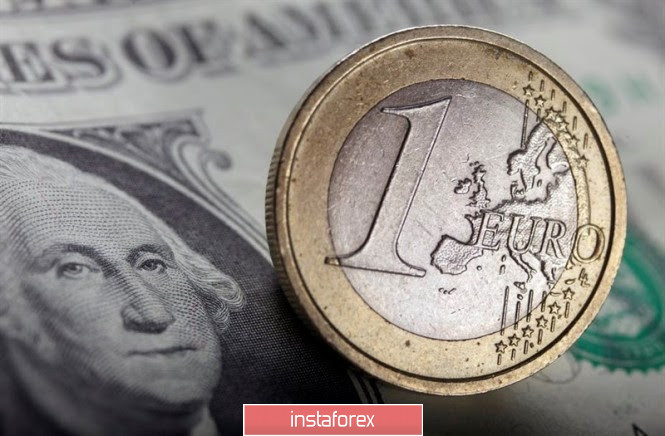
As the number of new cases of coronavirus infection decreases, the demand for risks returns to markets. Against this background, the US dollar retreated from a four-month high against the euro. The EUR/USD pair, having noted new local lows, was able to attract buyers in the area of 1.0890–1.0900.
Meanwhile, the comments made yesterday by Fed Chairman Jerome Powell confirmed the view that the US central bnk is unlikely to change interest rates in the near future.
Even taking into account risks such as uncertainty in trade policy and a slowdown in global growth, the Fed chief made it clear that he sees no reason to adjust interest rates in the United States, unless new events lead to a significant reassessment of current prospects.
Concerns over the economic consequences of coronavirus have boosted the US dollar's appeal as a safe haven asset, while recent statistics have reinforced the view that the US economic outlook is stronger than in the eurozone.
Upbeat US data confirmed the contrast in the performance of these regions, paving the way for pulling down EUR/USD from the psychologically important level of 1.10.
It should be noted that all indicators relate to December - the period that preceded the appearance of the coronavirus epidemic on investor radars. Therefore, the data, which usually have a short-term effect on the euro, this time launched the sale of the single currency at key levels.
At the moment, the closest support level for EUR/USD is the area of 1.0880, from where the pair pushed off in early October.
It is assumed that Germany, and with it the entire eurozone, will suffer significantly more from the influence of coronavirus than the United States, which will require additional incentives from the ECB.
Thus, a significant pressure on the euro is exerted by the difference in current indicators and near-term forecasts, paving the way for a further decrease in EUR/USD to 1.0750 by the end of the month.
Such a movement fits into the downward trend for the euro, formed in early 2018 along with the first "volleys" of the Washington and Beijing trade war. An outbreak of coronavirus may be the factor that can accelerate the euro's decline against the US dollar to $1.05 or even lower by the end of the first quarter.
If the American economy maintains healthy growth rates by the middle of the year, while the European and Chinese continue to slow down, then we can expect a drop in EUR/USD up to parity by the beginning of the third quarter.





















